Third set: Andy Murray* 4-6, 7-6, 4-1 David Ferrer Murray really has been coming forwards so much more in the last set and a half. I see on Twitter
my colleague Lawrence Donegan says that ESPN's coverage in the US just showed a graphic pointing out that he has been playing twice as many shots from inside the baseline as he had in the first set. Smart. He holds here with ease. "Re: Guy Hornsby comparing Andy Murray to Paul Collingwood," begins an angry Jonathan Taylor. "How. Very. Dare You. He's much more like Stuart Broad - a class performer but with an on-field petulance that makes him difficult to really love (unlike the walking man-crush that is Colly). Also, like Broad, Murray is young, British and talented, which means he's alternately over-hyped and over-criticised by the fickle UK sports press (present company excepted etc)."
Third set: Andy Murray 4-6, 7-6, 3-1 David Ferrer* Is this match turning? Suddenly Murray seems to have the better of Ferrer, dominating the rallies as he continues to steam up the court at every opportunity. Consecutive passing shots down the right tramline bring up 0-40, and while Ferrer rescues the first break point, he cannot repeat the trick driving into the net to give Murray the break.
Third set: Andy Murray* 4-6, 7-6, 2-1 David Ferrer Ferrer's eyes are like saucers as he sizes up his opportunity for an early break at 30-40, but his two-handed backhand is crashed into bottom of the net cord. Ferrer quickly brings up another break point but Murray finds an ace when he needs it - slamming a flat serve down the middle of the court. Two points later, a similar serve seals the game - albeit not an ace on this occasion. Even though it has been inconsistent, Murray will still have his serve to thank if he comes through this match.
Third set: Andy Murray 4-6, 7-6, 1-1 David Ferrer* The commentator on the BBC has got himself in a muddle, suggesting that Murray takes 45-minute ice baths after matches, then reducing his verdict to 45-second ice baths, before settling on 15-minute ice baths. In the Times this morning Judy Murray said they were usually either 10 minutes, or broken down into five two-minute sessions with a jump in the warm bath in-between each. So now you know. Ferrer holds to love. Chris Dunbar suggests an oldie but a goodie for possible text sledging: "Your mother was a hamster and your father smelt of elderberries," he chortles.
Third set: Andy Murray* 4-6, 7-6, 1-0 David Ferrer The crowd are entertained by a pair of dive-bombing seagulls, but after dropping the first point of the new set Murray simply glares at the birds with a fury that suggests he might like to dispatch them in the same way his brother did (accidentally) a sparrow with one errant shot
during practice last week. Eventually the birds depart but Murray recovers his composure to hold to 30.
Andy Murray wins the second set 7-6 (7-2) Ferrer is able to save one more set point, but in the end he succumbs to the inevitable. Murray certainly isn't making it easy for himself, and there is some concern over a possible injury after he clutched at his left leg a few times in that set, but he's right back in the match.
Second-set tie-break: Murray* 6-1 Ferrer An ace from Murray gives him six set points but he fails to take the first ...
Second-set tie-break Murray 5-0 Ferrer* He can't mess it up now, can he? Murray takes advantage of a poor dropshot from Ferrer and then the Spaniard's mistake puts him even further in control.
Second-set tie-break Murray* 3-0 Ferrer It will mean something if Murray can keep delivering serves like this. The first is unreturnable, and though Ferrer gets the second one back he slaps a forehand wide after a short rally.
Second-set tie-break Murray 1-0 Ferrer* Murray seizes the first mini-break after a long rally. Might not mean so much the way this match has gone.
Second set: David Ferrer leads Andy Murray* 6-4, 6-6 Another fantastic rally at 30-15, and Murray seemed to have Ferrer right where he wanted him as he drove up the court and towards the net. But when the moment came for the decisive shot, Murray chose the wrong option, Ferrer anticipating his crosscourt shot and unleashing the perfect risposte, a breathtaking pass from behind the baseline. Reinvigorated by this opportunity, he earns a breakpoint with a fine smash, then Murray plays into the tramlines to bring up the tie-break.
Second set: David Ferrer* leads Andy Murray 6-4, 5-6 Huge, huge breakthrough for Murray. There was a sense that Ferrer was in trouble when his challenge failed to change the outcome of a wide forehand that made it 0-30, and even though he brought it back to 30-all the Spaniard never looked quite settled. Murray has used the dropshot only very sparingly so far, but he deploys it impeccably at 30-40, Ferrer dashing forwards to reach the shot by the left-hand tramlines but unable to clear the net. My Spanish is not great, but Ferrer definitely said several bad words very loudly as he went to sit down. "This is very frustrating," writes Guy Hornsby. "Murray's just been error-strewn, every time he gets a lead he throws it away. It's not the Murray we've seen so far, and it's all because his first serve needs to fire. I love Murray - he's a fighter, nuggety, like a lithe Colly with a tennis racket - but he can be agonising to watch sometimes. Come on, sort it out Andy."
Second set: David Ferrer leads Andy Murray* 6-4, 5-5 The body language may have improved, but Murray just keeps on making errors, finding the middle of the net once again from the baseline to make it 30-30 before driving a backhand half-volley just long after this time being put under pressure by a fantastic Ferrer return to the middle of the baseline. His serve comes to the rescue, though, bringing the game to deuce and giving him the advantage before Ferrer plays wide.
Second set: David Ferrer* leads Andy Murray 6-4, 5-4 It might not look like it on the scoreboard as Ferrer holds to love, but Murray continues to look far more lively than he was in the early part of this set. He comes thundering across the court to oh-so-nearly rescue the point at 30-0, flicking a backhand half-volley down the line but just wide. As soon as the game ends he calls for someone to take several of his rackets (about four - still fresh in plastic bags) to be restrung. Big game coming up - last time he had to serve to stay in a set it didn't go so well ...
Second set: David Ferrer leads Andy Murray* 6-4, 4-4 Better stuff again from Murray, who holds to 15. "Points should be deducted for grunting," grumbles Ian Copestake. "Or to balance things up Murray should be given the freedom to sledge or send abusive texts to his opponent during the break." I like it. Anyone got (clean) suggestions for what Murray could text Ferrer?
Second set: David Ferrer* leads Andy Murray 6-4, 4-3 A beautiful, beautiful point from Ferrer to open the game, dragging his opponent this way and that before killing the point with an immaculate overhead, but Murray responds with an equally glorious backhand volley drop-shot, dug out from around his knees as he attacked the net. He forces deuce with another backhand volley - less impressive but not entirely dissimilar to the first. Ferrer clings on, after Murray is unable to tame Ferrer's passing crosscourt shot, but there was definitely a spring in the Brit's step again there. He looks to have shaken out of his funk.
Second set: David Ferrer leads Andy Murray* 6-4, 3-3 Where he seemed so confident that Ferrer would dispatch that smash in the last game, Murray approaches his own one at 15-15 here with no belief whatsoever, tapping down a feeble effort that Ferrer blasts back at him. Murray's reflexes are not sharp enough to return the favour. He slips to 15-40 behind before finally rediscovering his first serve, thrashing down two unreturnable deliveries in succession to force deuce. A netted backhand gifts Ferrer another break point, but Murray rescues it, and in the end it is Murray's serve that rescues him, a string of booming efforts setting him up to hold serve on his second advantage.
Second set: David Ferrer* leads Andy Murray 6-4, 3-2 What doesn't bode well for Murray at the moment is that he just looks tired early in this set. Ferrer is springing around the baseline like a Jack Russell on heat whereas his opponent is all drooped shoulders and resigned looks. When Ferrer lines up a smash at the net, Murray simply drops his arm, giving up before the shot is even hit the remotest possibility that he might be able to return it. Ferrer holds to love. Murray has words for the umpire during the interval, though I wasn't able to make them out.
Second set: David Ferrer leads Andy Murray* 6-4, 2-2 Much, much better from Murray, who brings up 40-0 with a devastating forehand down the line before eventually holding to 15. The serve is still not firing as consistently as he would like, though.
Second set: David Ferrer* leads Andy Murray 6-4, 2-1 Murray wastes a challenge at 15-30, his second of the match, calling for a review of a Ferrer serve that had landed dead on the line. Ferrer holds without dropping another point. "I'm concerned," writes Luke Remsbery. "If the picture at the top of the game-by-game is to be believed, that you've not so much been eating pea and ham soup (see preamble) as a combination of green highlighters and the radioactive waste from the opening credits of the Simpsons." Potayto, potahto.
Second set: David Ferrer leads Andy Murray* 6-4, 1-1 Erm, haven't we seen this one before? Just like last set, Murray allows Ferrer to break back immediately. He actually rescued two break points after falling 0-40 behind but then played into the net to undo all his good work. He really hasn't got his first serve going yet and that's a big problem - Ferrer is attacking his second with gusto.
Second set: David Ferrer* leads Andy Murray 6-4, 0-1 After the customary break both players resume looking more than a little ragged after their first-set exertions. Without playing especially well - one fine volley at 40-30 aside - Murray forces deuce. He blows his first advantage, but gives himself a second break point by again attacking the net after driving Ferrer away to the right of the court. And Ferrer promptly gifts him the game with a forehand into the tramlines. "Tucking into a sausage roll," tweets Jamie Murray. While your brother struggles, Jamie? How could you eat a time like this?
David Ferrer wins the first set 6-4 After wasting those break points Murray seems to lose focus a little, and it is a very ragged forehand indeed that sails long to bring up 0-30. There's nothing like a 37-shot rally to sharpen the senses, though, especially when Murray is able to finish it with a delightful passing shot after Ferrer seemed to have given him too much to do with a half-court forehand. Nevertheless, the Spaniard gets his break point at 30-40 and after a short rally Murray sends another backhand wide. That's only the second set Murray has dropped so far in this tournament.
First set: Andy Murray 4-5 David Ferrer* An absolutely preposterous, wonderful, rally at 15-30: I counted at least 6,047 shots (the official stats show 40, pah) before Ferrer finally succumbs and knocks a forehand into the net. That's more like what we were expecting. Murray fails to seize either of his two break points though, and Ferrer eventually holds after deuce. "In a match as tight as this, it's hard to know if Murray is Scottish or British," honks Gary Naylor. Don't be silly Gary, this is definitely Britain's Andy Murray. After all, Scotland's Andy Murray never lasts as far as the semi-finals.
First set: Andy Murray* 4-4 David Ferrer And now Ferrer has broken straight back. With both players so inclined towards a defensive game, it always seemed possible that this match could come down to which player showed the greater patience - staying in rallies and waiting for their opponent to make errors. But so far we haven't even had that many long rallies to be honest - the errors on both sides are happening with far too great a regularity. Murray digs himself into a hole with a backhand into the net to bring up 15-30, and Ferrer smells blood. Moving aggressively up the court he forces Murray into a series of impressive defensive backhands before dispatching an attempted lob with a perfect overhead. On break point we do get that rally at last, a series of fizzing groundstrokes that see both players scampering back and forth behind their baselines, but eventually it is Ferrer who manages to step up the court and deliver a stinging cross-court forehand which Murray can't quite reach.
First set: Andy Murray 4-3 David Ferrer* The unforced errors continue for Murray - he is getting himself into rallies nicely but too often when he looks for the winner things go awry. At 15-0 he has Ferrer on his heels after a belted cross-court backhand but then with the whole court to aim at slaps his next shot long. Still, he forces his way back to 30-all and then to deuce when Ferrer whips a forehand into the tramlines. Suddenly the Spaniard is the one making the mistakes, wasting a first advantage before driving a forehand long to give Murray his first break point. And Ferrer promptly hands him the game by knocking a backhand wide!
First set: Andy Murray* 3-3 David Ferrer Ferrer does have quite a disconcerting grunt at times. Every time he gets stuck into a proper rally he starts emitting this noise after each shot which sounds a bit like an out-of-breath elderly northern man shouting "eh?" Murray still isn't giving him too many chances to get into rallies on his serve, though, and seals this game to 15 with another wicked effort straight down the middle of the court.
First set: Andy Murray 2-3 David Ferrer* "Andy!" shouts, erm, Andy, as his first attempted drop-shot of the match plops gently into the net. He thought for a moment he might have unsettled Ferrer with a fizzing cross-court forehand to go 0-15 up, but the Spaniard doesn't give him another sniff. Murray is not helping himself mind - he now has nine unforced errors already in this match.
First set: Andy Murray* 2-2 David Ferrer Ferrer still has nothing on Murray in the service department, of course, and the Brit summons up the first ace of the match here with a 130mph exocet straight down the middle of the court. In fact, on both occasions that Ferrer does get the ball back over the net in this game, he wins the point. But that is as many times as he can do so.
First set: Andy Murray 1-2 David Ferrer* Ferrer has been derided for his weak serve at times, but over the last year has worked hard to inject more pace. You can see the difference here as he fizzes them down with pace on first- and second-serve here, and the only point dropped this time around comes from a double fault.
First set: Andy Murray* 1-1 David Ferrer Murray glares angrily at the umpire after his first serve, a vicious wide slice, fizzes past Ferrer for an ace, only to then be called as a let. No matter - Ferrer manages to get his second attempt back, but his return is feeble and Murray dispatches it with a two-handed backhand. Two points later, at 30-15 we get what is surely a taste of things to come, as the pair share a long rally from the back of the court, before Murray finally makes his attack, forcing his way up the court and sealing the point with a right-to-left forehand. He holds to 15.
First set: Andy Murray 0-1 David Ferrer* Nightmare! Disaster! The grand slam dream is falling apart! Ferrer holds his opening service game to 15, sealing the game with a straightforward passing shot down the line after he had sold Murray on the cross-court forehand.
Jamie Murray tweets ... "Watching tennis on bbc iplayer before going to practice...come on andy".
Predictions ... "I reckon Murray will scrape through a five-setter with Ferrer and then be annihilated in the final," writes Martin Hutchings. I too reckon Murray will win in the end, but I'll say he does it in four sets.
Bah Ferrer's outfit just a black shirt and shorts combo with yellow detail down the sides. Perhaps just a really over-ripe banana?
The players are out on court Ferrer wins the coin toss, and will serve first, but for now they're just knocking up. Murray is in a natty pea-and-ham-soup-green shirt and black shorts. Ferrer could be playing in a giant banana outfit for all I know - the Beeb's cameras have been fixed so firmly on Murray so far it's hard to know if there's actually anyone else playing.
On the subject of surfaces While all three of Ferrer's wins against Murray have come on clay, both of the Brit's wins have come on hard courts - and both times in straight sets. Most notably, Murray beat Ferrer 6-2, 6-2 at the ATP World Tour Finals last November. He is, undoubtedly, a better hard court player than Ferrer. But the one asterisk here is that the surface used here at the Australian Open - Plexicushion Prestige - is slower than a lot of other hard courts. That will suit the Spaniard.
Well this is a waste of time isn't it? I mean, now that Roger Federer and Rafael Nadal are both out, the remaining matches are just a formality - Andy Murray is going to win the Australian Open. Right? Right?
If that's what you might think after seeing some of the coverage in Britain over the last few days then the reality is of course very different. Novak Djokovic, through to the final after beating Roger Federer yesterday, is two places above Murray in the world rankings and has beaten in four out of seven meetings.
Today's opponent, David Ferrer, might be two places lower at No7 in the rankings, but he too has beaten Murray more often (three times) than he has lost to him (twice). Now, that statistic does need qualifying, because so far all three of Ferrer's wins have come on clay - and it is no secret that that is the Spaniard's preferred surface.
But Ferrer is no slouch on hard courts either - four of his 10 ATP singles titles have been won on such a surface, including the one he claimed in Auckland just two short weeks ago. After a straight-sets win over Rafael Nadal in the last round, his confidence is sky high. All in all, there's every reason to believe this match should be a belter

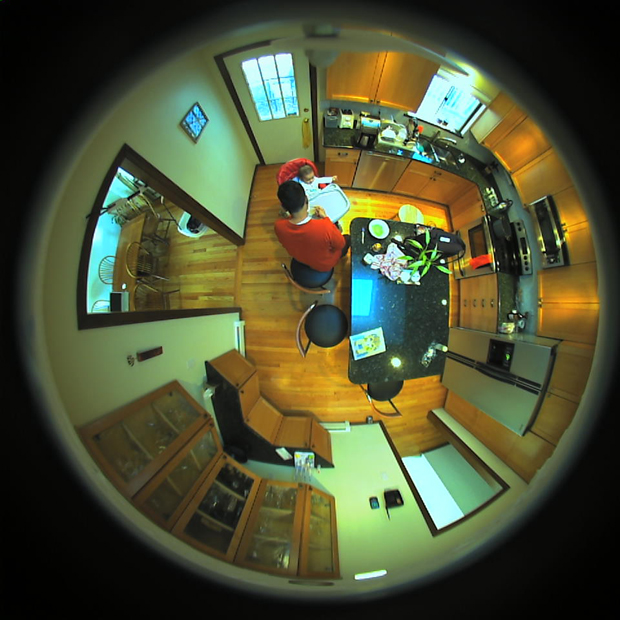

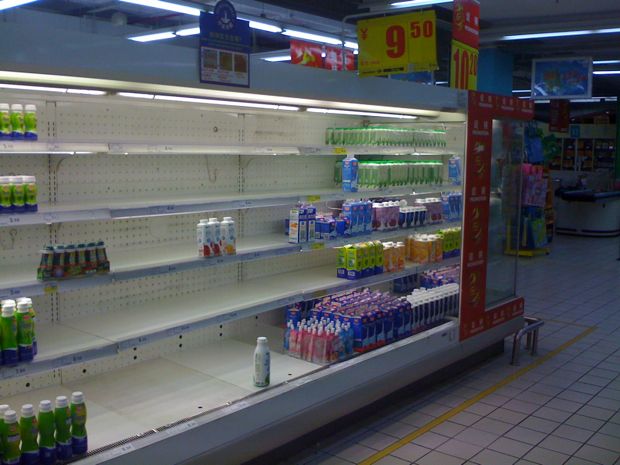

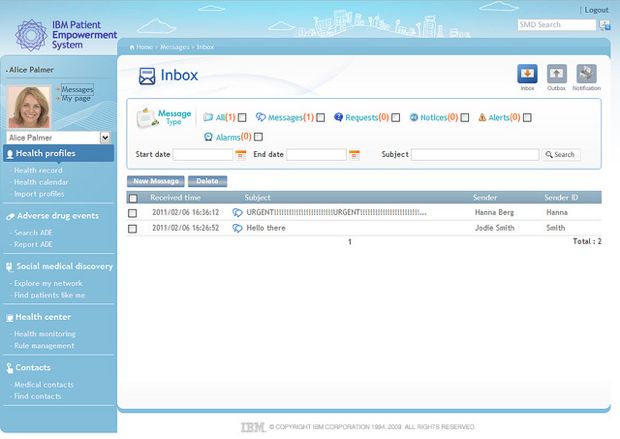
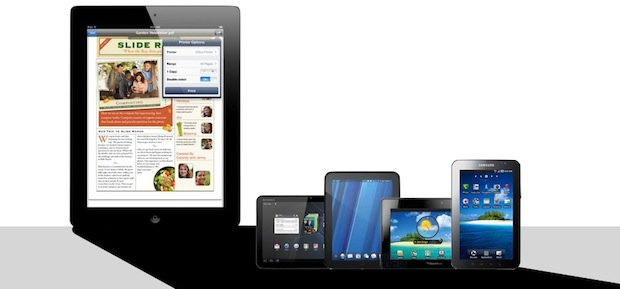


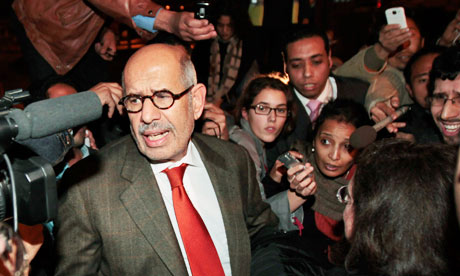
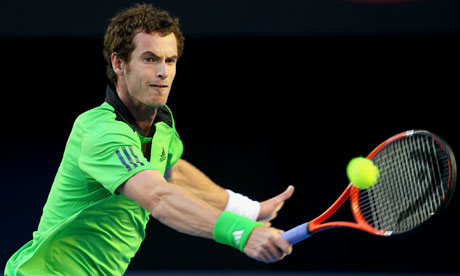
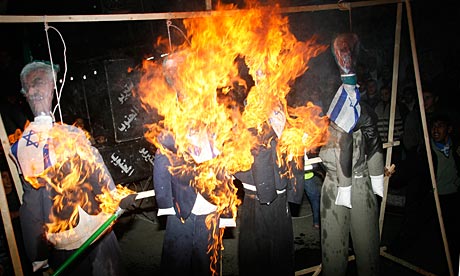
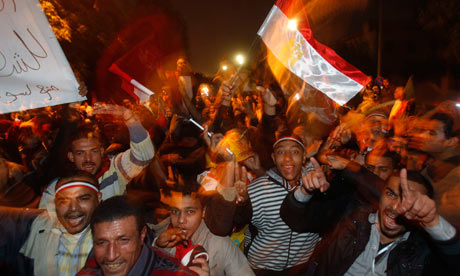
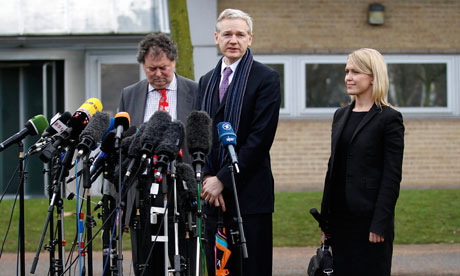

 Mısır Piramitleri, Mısır’da yer alan eski piramit şekilli yapılardır. Mısır’da 100’den fazla piramit vardır. Piramitlerin çoğu Eski Krallık döneminden Orta Krallık Dönemi’ne kadar firavunların mezarı için inşa edilmiştir. Piramitleri’nin en büyüğü olan Keops Piramidi şu ana kadar zarar görmeden ayakta duran Dünya’nın Yedi Harikası’ndan biri olarak görülmektedir.Keops Piramiti 145,75 metredir.
Mısır Piramitleri, Mısır’da yer alan eski piramit şekilli yapılardır. Mısır’da 100’den fazla piramit vardır. Piramitlerin çoğu Eski Krallık döneminden Orta Krallık Dönemi’ne kadar firavunların mezarı için inşa edilmiştir. Piramitleri’nin en büyüğü olan Keops Piramidi şu ana kadar zarar görmeden ayakta duran Dünya’nın Yedi Harikası’ndan biri olarak görülmektedir.Keops Piramiti 145,75 metredir.